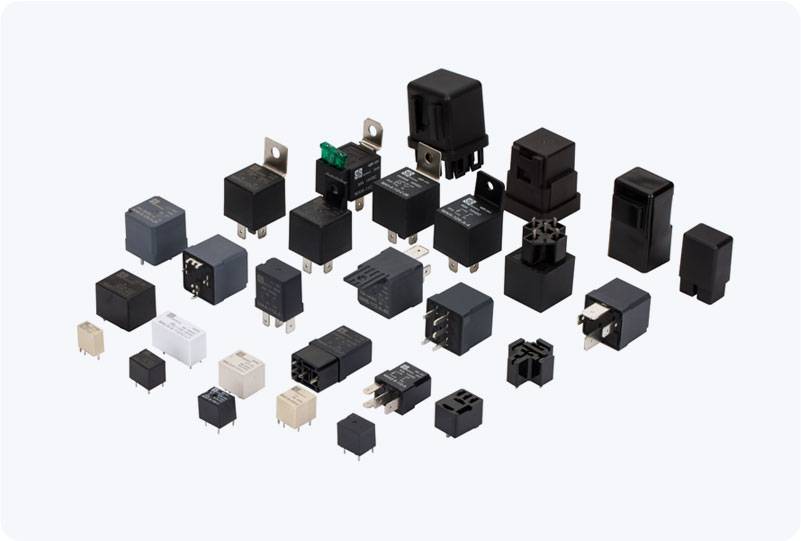High-voltage (HV) electrical systems are crucial in modern power distribution networks. These systems power homes, industries, and essential services across vast distances. As the demand for electricity increases, the efficiency, safety, and reliability of HV systems have become more important than ever. One critical component that plays a significant role in ensuring the safety and optimal functioning of these systems is the HV Insulation Fault Relay. This article delves into its importance, operation, and features.

What is an HV Insulation Fault Relay? The HV Insulation Fault Relay is a protection device used in high-voltage power systems to detect insulation faults and prevent damage to equipment or potential hazards. It plays an essential role in maintaining the integrity of the electrical system by detecting insulation breakdowns between electrical conductors and the earth or ground. This protection mechanism ensures that faults are quickly detected, and corrective actions can be taken, reducing the risk of major system failures. High-voltage systems, which typically operate at voltages above 1,000 volts, require high levels of insulation to prevent the risk of short circuits and electrical arcing. When the insulation material deteriorates or fails, it can cause dangerous situations such as equipment damage, fire hazards, or even electrical shock to personnel working on or near the equipment. HV Insulation Fault Relays are designed to minimize these risks by detecting faults in the insulation system and triggering protective actions.
Leave a Reply